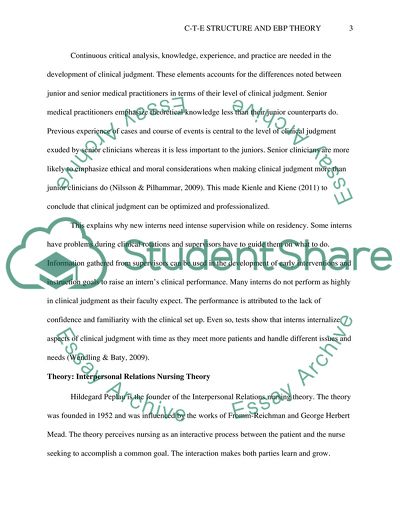Cite this document
(“C-T-E Essay Example | Topics and Well Written Essays - 2000 words”, n.d.)
C-T-E Essay Example | Topics and Well Written Essays - 2000 words. Retrieved from https://studentshare.org/health-sciences-medicine/1663066-c-t-e
C-T-E Essay Example | Topics and Well Written Essays - 2000 words. Retrieved from https://studentshare.org/health-sciences-medicine/1663066-c-t-e
(C-T-E Essay Example | Topics and Well Written Essays - 2000 Words)
C-T-E Essay Example | Topics and Well Written Essays - 2000 Words. https://studentshare.org/health-sciences-medicine/1663066-c-t-e.
C-T-E Essay Example | Topics and Well Written Essays - 2000 Words. https://studentshare.org/health-sciences-medicine/1663066-c-t-e.
“C-T-E Essay Example | Topics and Well Written Essays - 2000 Words”, n.d. https://studentshare.org/health-sciences-medicine/1663066-c-t-e.


